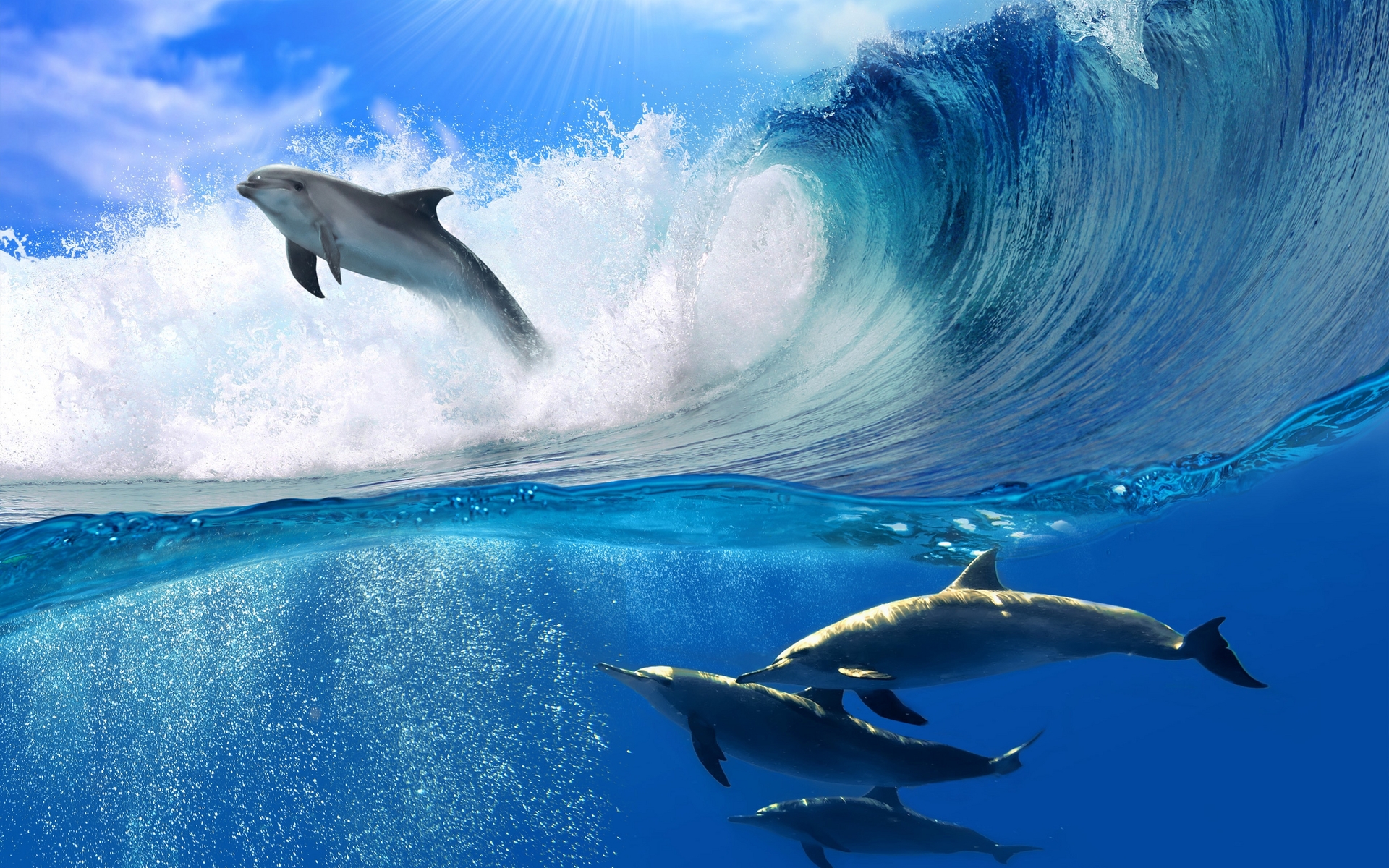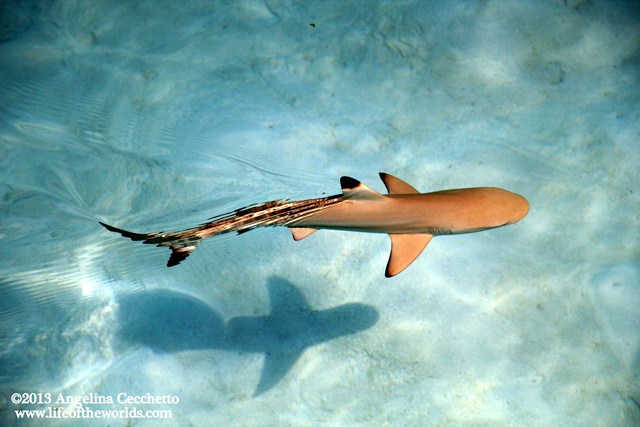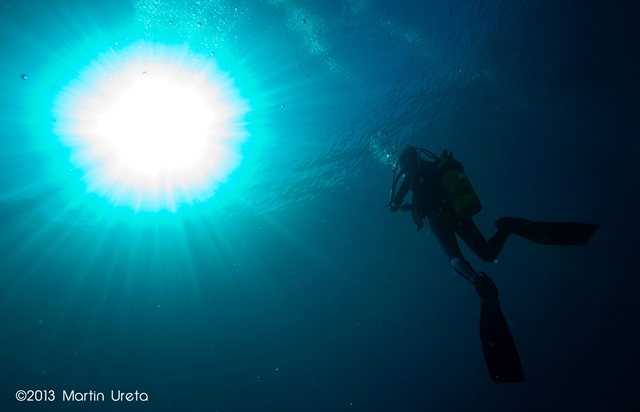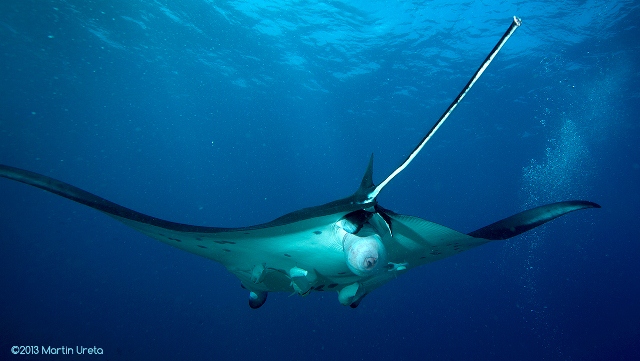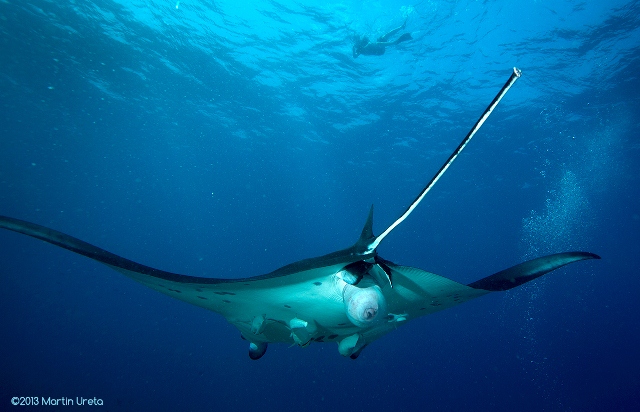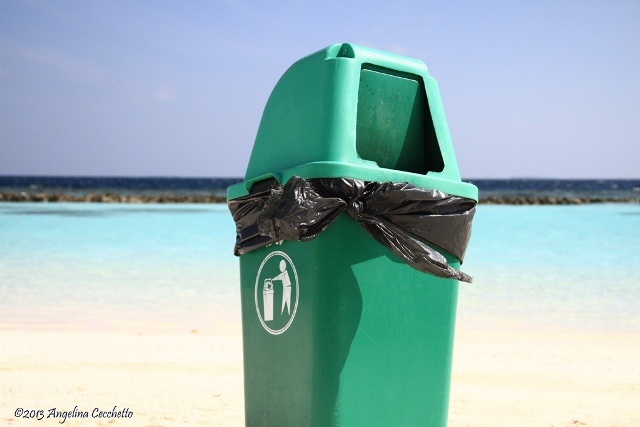Nature together with the existence of many species have never been so much in danger of extinction, there is a lot to do to protect Life. Thankfully some people do care and act about it and thanks to these people’s solidarity and efficient campaigning, some great steps forward have been achieved.
The first great news is surely the decision to finally place five species of highly traded and endangered sharks (oceanic whitetip, porbeagle and three species of hammerheads), both manta rays and one species of sawfish on the protected list at the CITES (Convention on International Trade in Endangered Species of Wild Fauna and Flora) meeting held this month in Bangkok, Thailand. This was one of the first strong engagements to admit the criticality of sharks and rays situation and to finally protect them.
On March 8th 2013 another great step forward was achieved by the California Coastal Commission (CCC) who heard people’s outcry and petitions and voted unanimously to reject the US Navy’s request to maintain military testing, sonar and bomb deployments throughout Southern California, Hawaii, Gulf of Mexico and along the Atlantic Coast. Many dolphins and whales have been killed already but should the CCC have approved the maintenance of the Navy’s project, millions of cetaceans would have been killed in the next 5 years so this is great news for the life preservation of many cetaceans in these areas so thanks for signing the petition everybody!
The other step forward was also achieved in Thailand when Thai Prime Minister Yingluck Shinawatra announced that Thailand is ending the sale of elephant ivory. This is a fantastic step towards elephant conservation there. Once again this was achieved thanks to people’s mobilization and especially WWF actions and campaigns gathering thousands of petition signatures.
In December last year, thanks to a WWF “I Will If You Will” campaign for Earth Hour 2012 which gathered the voices of 120,000 Russians and presented it to the government, the Russian Parliament voted a long-awaited law to protect the country’s seas from oil pollution.
Last but not least, we will mention the fantastic work achieved by the Sea Shepherds team who returned to Melbourne last Monday after “Operation Zero Tolerance” which is their most successful campaign to date. Their courage, solidarity and perseverance saved the lives of hundreds of whales in the Antartic and showed yet again that when people get together to defend the right cause they can have a positive influence on events or history. As many environmentalists, I was also delighted to hear that Germany finally dropped their warrant against Captain Paul Watson.
To conclude, I would say that we can all make a positive difference in this world, there is no right or wrong way to do so. As Zachary Scott rightly said, “As you grow older, you’ll find the only things you regret are the things you didn’t do” so if you want to do something about what is happening you can.
We have a voice and we can use it! Here are a few petitions to sign should you want to use your voice to make a positive difference:
To stop dolphins slaughtering in Japan, please click here.
To nan non-biodegradable packaging for food, please click here.
Thank you for caring about Life!

